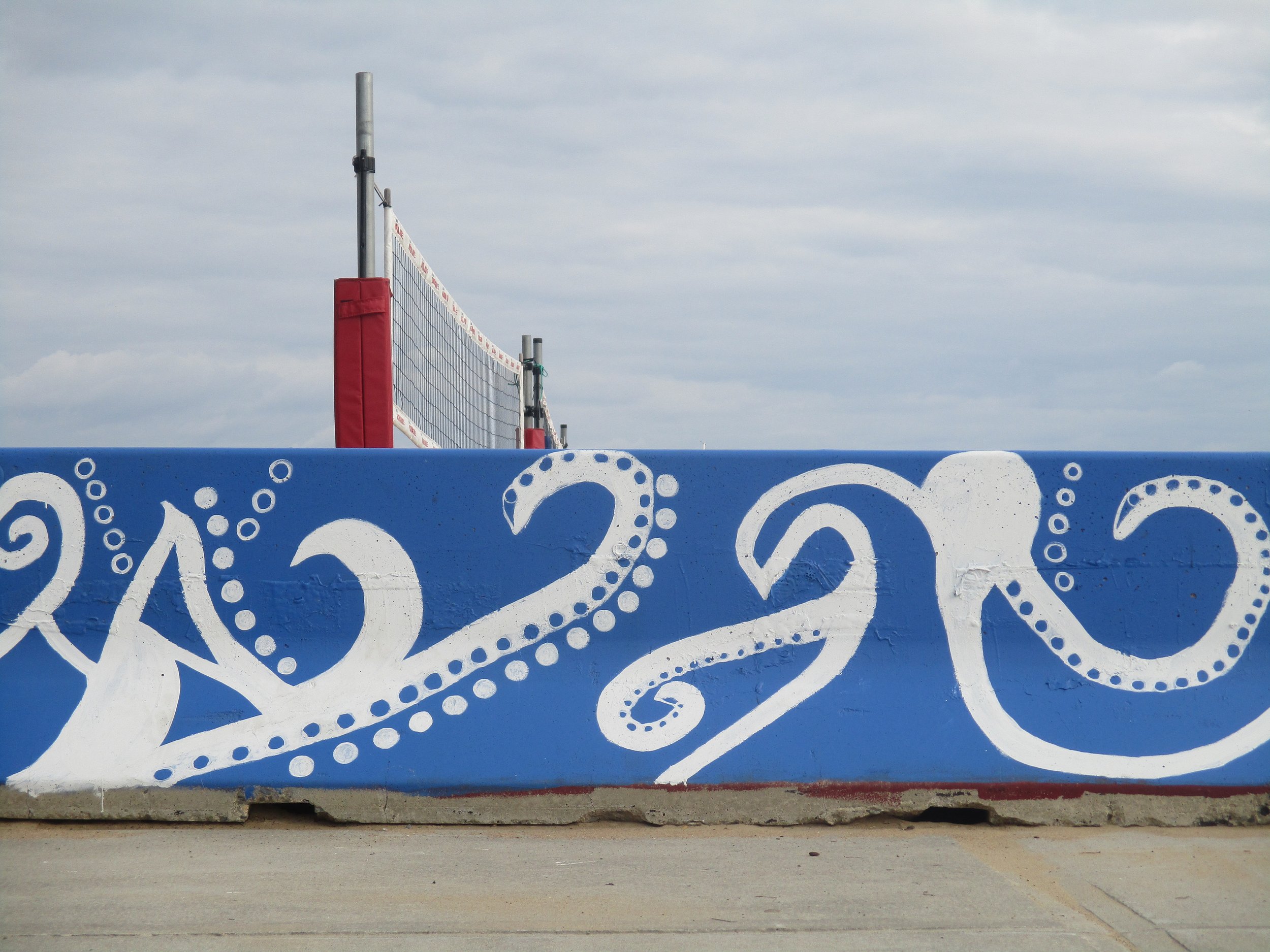America’s Loch Ness: Part 2
Lake Champlain, Burlington
This post was originally published September 14, 2018.
The passing thunderstorm had left the air brisk and hazy. I held my arms close to my chest as I drank a tall glass of water, sitting on the back porch of the bed and breakfast I was staying at. The smells of bacon and french toast lingered out from the kitchen, as the chickens pecked the ground nearby.
Bub the rooster woke me up a few hours earlier. On most days, I might have been bothered by this, but the wake up call fit with the charm of the area, and today, afterall, was not like most days.
Admittedly, my day was barren of plans. I knew I wanted to explore more of Lake Champlain’s coast and get into the water before the sunset, but the how and when were as fuzzy as the sun rising behind the scattered clouds.
I filled up on protein, carbs, and freshly cut fruit before hopping into my car and rolling back over the border into Vermont. For about an hour, I chased the back roads along the lake’s edge, until I reached Button Bay.
Like most populated areas on the lake, Button Bay had seen its fair share of Champ sightings. I parked at Basin Harbor and took a stroll down to the docks, where children were jumping into the water. The sky was finally beginning to clear up, and as it did so, I poured over a map of Lake Champlain like a 15th century cartographer. I discovered a series of roads that led me in a loop around the lake. Figuring there was no better way to see Champ’s home by land, I returned to my car and headed north.
Burlington Mural
My next stop was Burlington, a city that’s home to two colleges. Although school was not officially in session, the streets were bustling with people. As I made my way through the crowd, I found large painted murals, talented street performers, and a thick turkey sandwich dubbed the Vermonter (which was delicious). The majority of local research regarding Lake Champlain and its monster comes from Burlington. In fact, the city stands on the shores of the widest and deepest part of the lake. Several researchers boarded their boats from these shores, including one organization from North Carolina, the Fauna Communications Research Institute. In their time on the lake, they collected biosonar evidence of echolocation similar to, but not identifiable as, a beluga or killer whale. There’s no knowing what kind of lake creature that could be, but it would have to be intelligent.
The most noteworthy evidence of Champ is the Mansi photo. While driving between St. Albans and the Canadian border on July 5, 1977, Sandra Mansi and her family spotted what appeared to be a monster, rising from the lake. She snapped a picture with her camera and observed the creature linger above the surface for several minutes before disappearing again. To this day, skeptics have argued that the picture shows not a monster, but a hoax, a sandbar, or a log. Despite continuing analysis, the picture has not been conclusively debunked.
While driving along the same route as Sandra Mansi, I did not find any evidence of Champ or even a log for that matter. However, I did stop for a famous Maple Creamie, which I will admit, tasted very similar to regular vanilla soft serve.
I traveled along the islands of northern Lake Champlain and re-entered New York only a hair away from the Canadian border. From there, I made my way to Plattsburgh and the city’s public beach.
Plattsburgh is home to its own state university, but the city was much quieter than Burlington. The beach was the busiest area, with a few families lounging and some college students bouncing a volleyball back and forth over a net. Most of Lake Champlain’s shores are beautiful and the water is reputably clean, though Plattsburgh’s beach might have made me think otherwise. The swimming area was contained to a square that reached three feet deep, and the water was half H2O and half algae. But I made a commitment, and like an overly hesitant soldier marching into battle, I donned my decade old swimming goggles and dove beneath the surface.
The water was warm and a little slimy, but I stayed under for a full breath before resurfacing and returning back to shoreline.
After a good toweling off and brushing through my hair, I stopped downtown at one of the more active bars. I ordered a maple flavored cider and munched on appetizers as the sun set over the lake.
Plattsburgh Beach
Champ sightings have occurred all over Lake Champlain with increasing frequency. By 1984, 224 sightings were recorded, and since then, Champ’s legend has appeared on platforms as big as The New York Times and the Discovery Channel. Theories run wild and rampant about what Champ is and how it got in the lake, but one thing that is certain is the impact Champ has made on the surrounding communities.
Even if the lake is vacant of any 30-foot monsters, Champ still exists in signs for general stores, laundromats, and garages, and of course, as the Vermont Lake Monsters’ mascot. I may not have left Lake Champlain with my own monster sighting, but I did leave with a better understanding of Champ’s home and why it’s so special.




